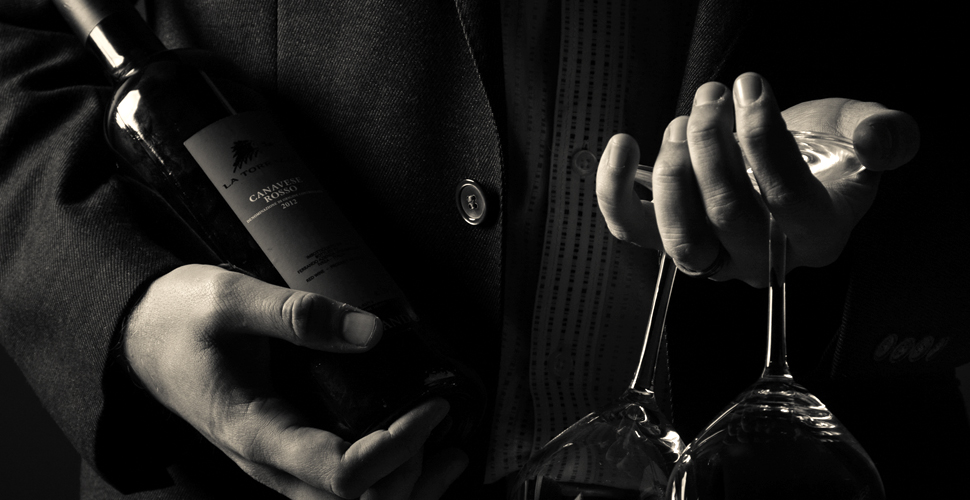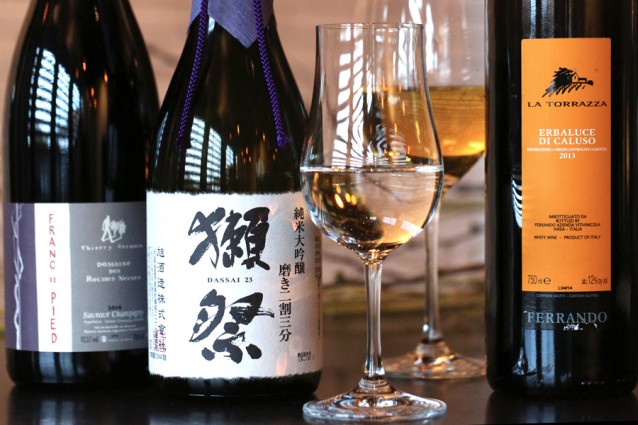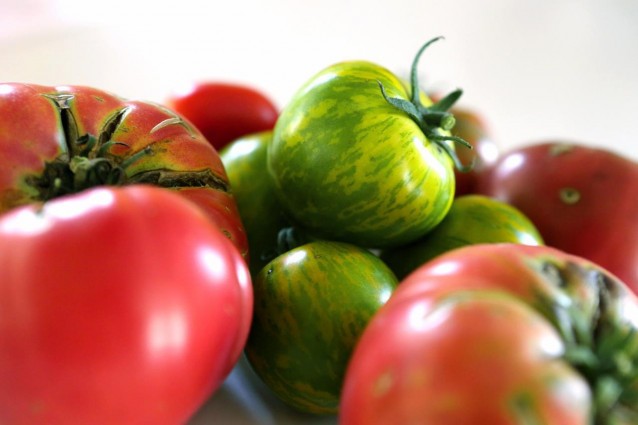Friends, Guests, and Hopeful Denizens of the Selden Patio,
After 94 days, our doors will open again on June 18. Like many of you, many of us are eager to return to restaurants and to see familiar faces. And also like many of you, many of us want to experience the world as safely as possible.
Think of it like Truman Capote’s “Black and White Ball,” and expect everyone to be donning masks in one form or another. Just don’t be Andy Warhol and refuse to wear one altogether.

The Rules
Wearing masks is one of the rules. There are others. Fortunately, the State has advised we post them for everyone’s convenience and reading pleasure:
- Keep Distance when Waiting
We are pacing reservations to minimize waits. Should your table not be ready, you may wait in the neighboring park, in your car, or elsewhere. There’s just not enough room to social distance properly if everyone is waiting inside. Naturally, we can text you if you’re nearby. - Do Not Enter if Sick
Cold? Flu? Sniffles? Please respect state rules, our other guests, and the staff by coming back another day. - Wear a Mask
Not while you eat, of course, as that would defy the law of physics. But the State is requiring face coverings when walking around the dining room, and we are absolutely adhering to that rule. - Maximum Party Size
Our private room can accommodate events up to 20 people using multiple tables and respecting social distancing rules, but we cannot accommodate tables of more than 10 guests.
The Dining Room
In addition to wearing masks, the Selden team will be using other new protocols to ensure your safety – and theirs.
- Astute observers will notice subtle differences in service – silverware rolled up in napkins, no plates pre-set on tables, how tables are cleared, et cetera
- The dining room is at 50% capacity, and we’re using our private dining room and patio to ensure we have ample seating while maintaining proper distance
- Naturally, the hand sanitizer will flow like wine (or these days, maybe the metaphor is that the wine will flow like hand sanitizer?)
- While nearly every restaurant to which you’ve ever been has always embraced hand washing protocols and thoroughly cleaned tables, we also now have the heavyweight champ of anti-viral treatments to clean tables between seatings
Other changes have less to do with safety and everything to do with ensuring you’ll have as good a time as you would have had at Capote’s Masquerade Ball: We’ve made some small touch ups to our dining room. And we’ve added some capacity for preparing food on our wood grill. Lastly, while our plates are still perfectly shareable, we’re adjusting portion sizes and the menu design so that it’s easier for diners to order a meal with courses of individual plates.
And for those guests at high risk who are unable to join us in our dining room, we’ll be launching online carryout ordering soon.
The Restaurant Industry
As has been widely reported, the COVID-19 pandemic has been difficult on the restaurant industry. That’s certainly true.
But it’s important to note that at 50% capacity, we couldn’t invite our entire staff back. Some restaurants are unable to re-open at all, and their staffs are without work. We were fortunate to be able to continue medical benefits for April, May, and June, but most hospitality workers have lost them if they ever even had them.
Some of our staff has lost family to COVID, and others must stay home to care for immunocompromised family, now unable to work in a public setting. Chances are good that some reading this are in a similar position.
We’re very much excited to see you again, but these few months have been a rather stark reminder that we’re quite privileged to be able to entertain our guests. So we hope you’ll join us – but if you have friends who work in restaurants or you frequent other restaurants, we hope you’ll offer them your support as well.
* * *
In short, while we’ve learned that the SARS-CoV-2 virus is a bit like the masquerade ball guest who is going to overstay their welcome well past sunrise, it’s not a guest that need keep us from enjoying one another’s company responsibly.
We promise to do our best to maintain a safe dining room and to serve delicious food and drink. Likewise, please respect the rules. Capote and Warhol might have wanted a raucous party, but we’ll settle for a lovely (and safe) dinner with friends.
Thanks for your help, your trust, and your support. Cheers!
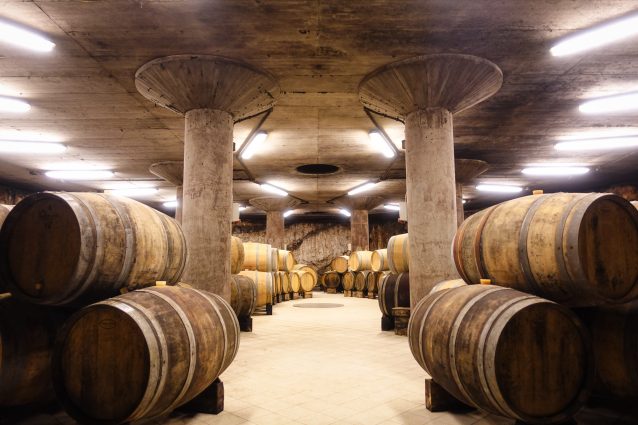

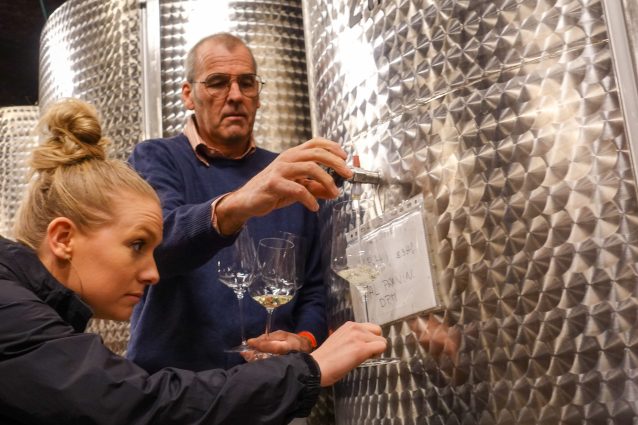
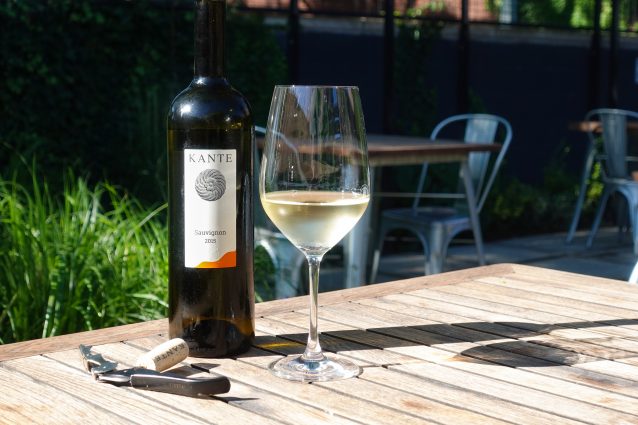
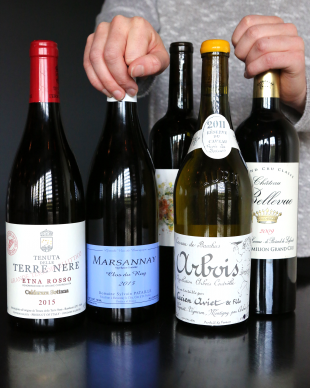 While the overarching philosophy behind our entire wine list is to provide complex, distinctive, terroir-driven wines that compliment our food, the rare and interesting bottles on the reserve list can be especially compelling.
While the overarching philosophy behind our entire wine list is to provide complex, distinctive, terroir-driven wines that compliment our food, the rare and interesting bottles on the reserve list can be especially compelling.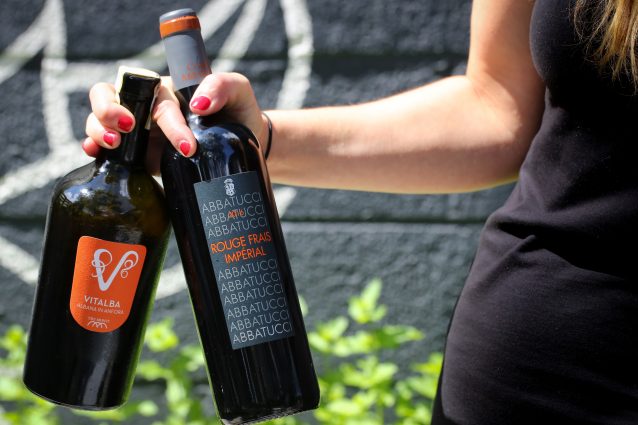

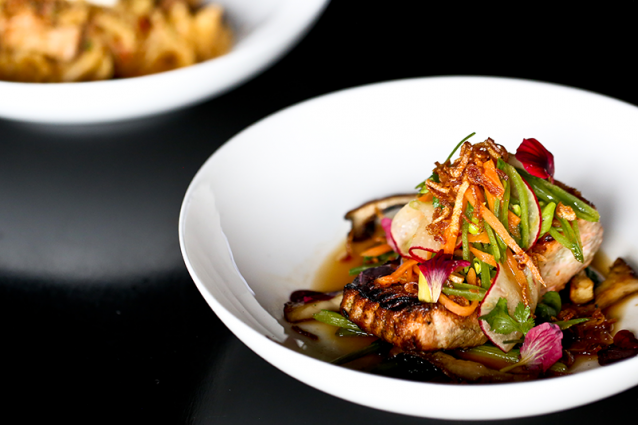
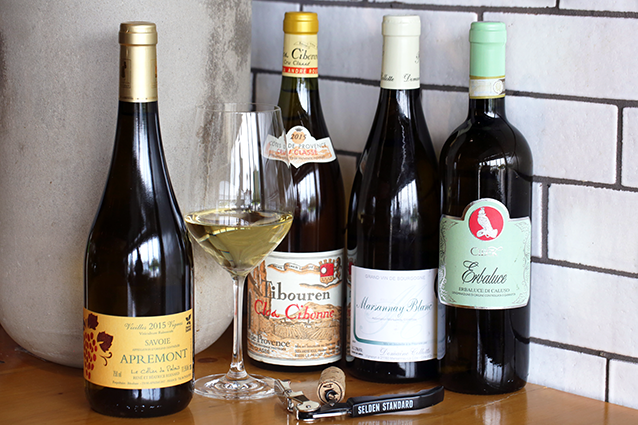
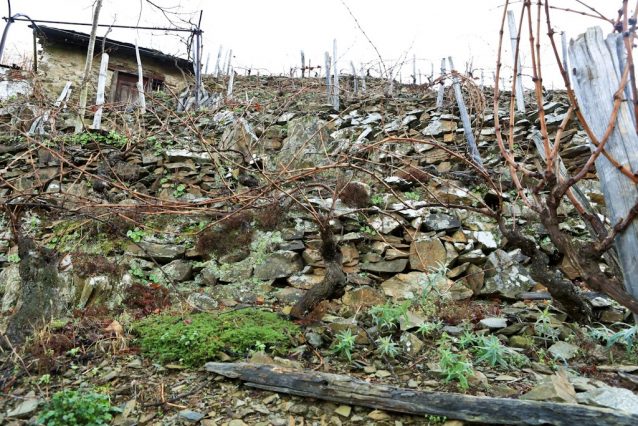
 For some, the ethics of the bottle are worth consideration as well. She assumes no one cares other than snobs – which would imply someone who prefers to buy nutritious, trendy organic kale from a small farmer is a snob too. But there’s no snobbery in wanting to understand what we’re putting into our bodies.
For some, the ethics of the bottle are worth consideration as well. She assumes no one cares other than snobs – which would imply someone who prefers to buy nutritious, trendy organic kale from a small farmer is a snob too. But there’s no snobbery in wanting to understand what we’re putting into our bodies.